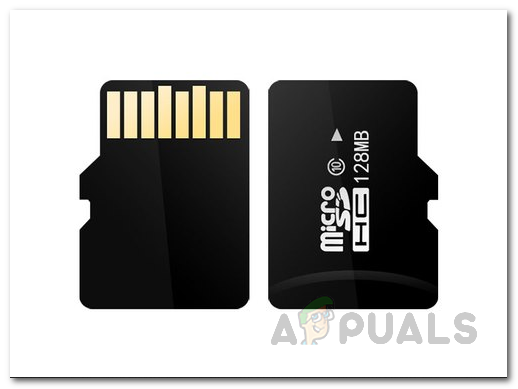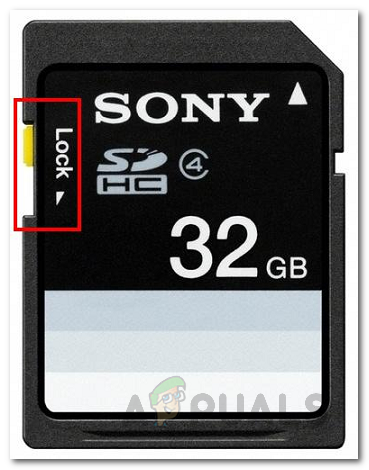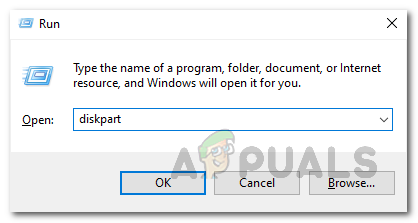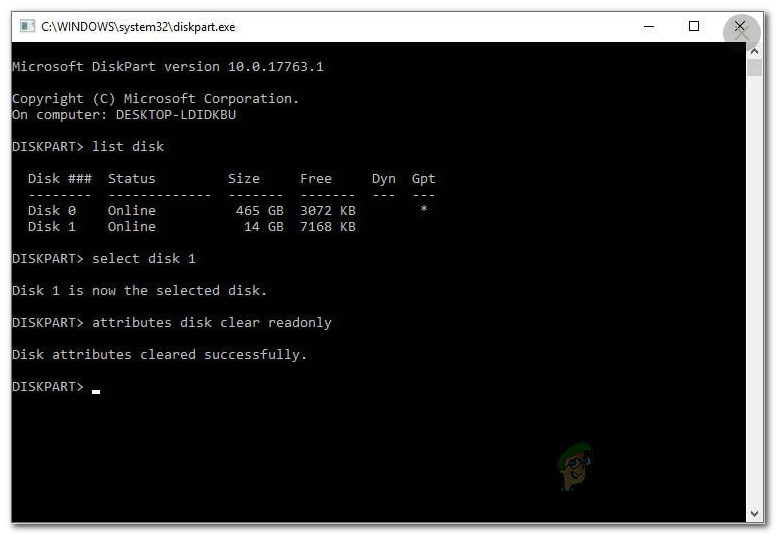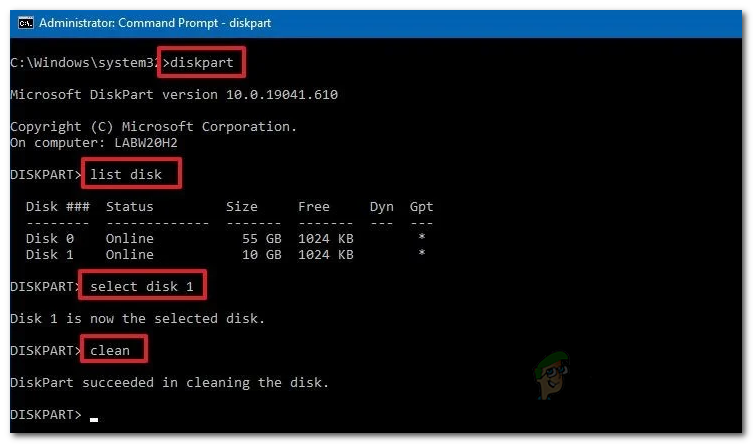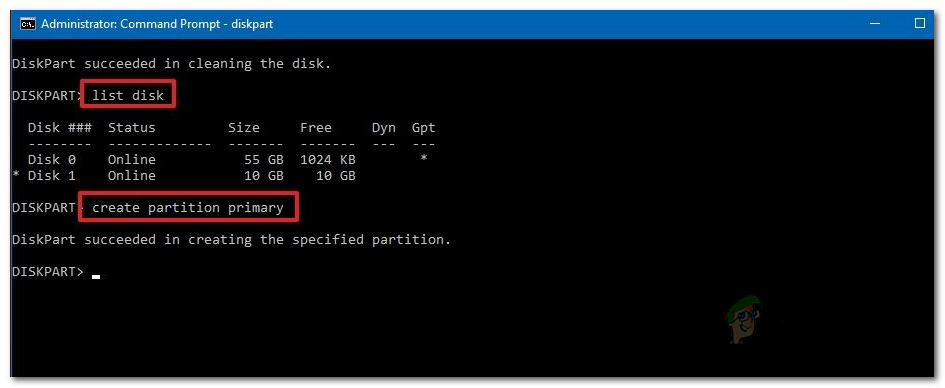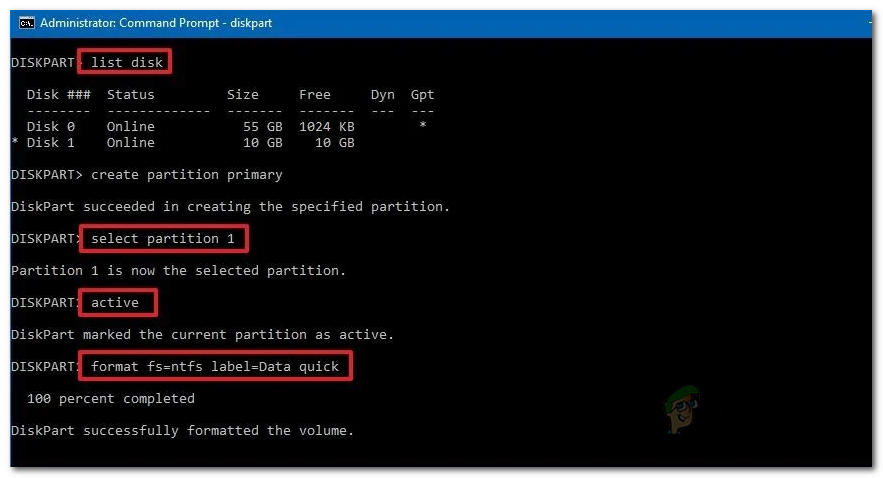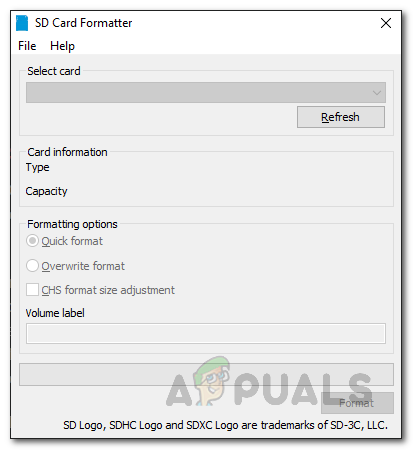As it turns out, one of the reasons why this problem may occur is the write-only lock that is located on your SD card. Most SD cards these days have a lock on the side of it which prevents you from modifying and deleting the contents of the SD card. This happens when you have the lock enabled on your SD card which can be easily disabled by just moving the switch up. In other cases, if your SD card is corrupted, you will notice the SD Card not showing up in your Windows File Explorer. To understand the problem better and why you could be facing it, let us first go through the different reasons why this issue may occur, and then we will proceed with showing you various ways of solving it. So, let us get started. Now that we have mentioned the most probable causes of the problem that you are facing, let us jump into the different solutions that will help you in resolving it. So, without further ado, let us get right into it.
Remove Write Protection
As it turns out, the first thing that you should do when you face the problem in question is to make sure your SD card is not write-protected. The write protection functionality is accompanied by a lock switch on most SD cards that is located on the side of the card. What this does is prevents users from modifying or removing the files and folders inside the SD card when enabled. Therefore, go ahead and remove your card if you are using a card reader, and then on the side of the card, see if there’s a switch. You should see a lock written on the SD card. Make sure that the SD card is not locked from there. You can use the picture down below for reference. In case you don’t see a lock switch on the side of the SD card, then, in such a scenario, you should use the DiskPart utility to remove write protection from your card. If you do not know much about DiskPart, you can give our DiskPart Manual a look. With that said, follow the instructions below to remove write protection using DiskPart:
Repartition your SD Card with DiskPart
As it happens, when you are not able to format your SD card, the problem could be related to bad sectors of the SD card. In such a scenario, you will have to repartition your disk using the DiskPart utility. This will enable us to thoroughly clean the SD card and then create new partitions on it. Such issues can usually arise when you use the SD card on multiple devices and it messes with the file system. With that said, follow the instructions to repartition your SD card:
Use Third-Party Formatting Software
In case the above solutions do not work out for you, what you can do is use a third-party formatting software and see if that bears any fruits. More often than not, these formatters can actually format your SD card when you are facing issues with normal formatting methods. The third-party formatting software that we would recommend is the SD Memory Card Formatter that you can find by clicking here. Go ahead and download the formatting software from the link provided and once downloaded, extract the zip file. Then, make your way to the extracted folder and run the setup file. Once the setup has been completed, the SD Card Formatter tool should open up. You can then use it to format your SD card to see if it works.
What is the Difference Between Quick Format and Full Format in Windows?How to Format microSD Card on MacOSHow to Fix No Video with Supported Format and MIME type foundFix: The Media Could Not be Loaded, Either Because the Server or Network Failed…
